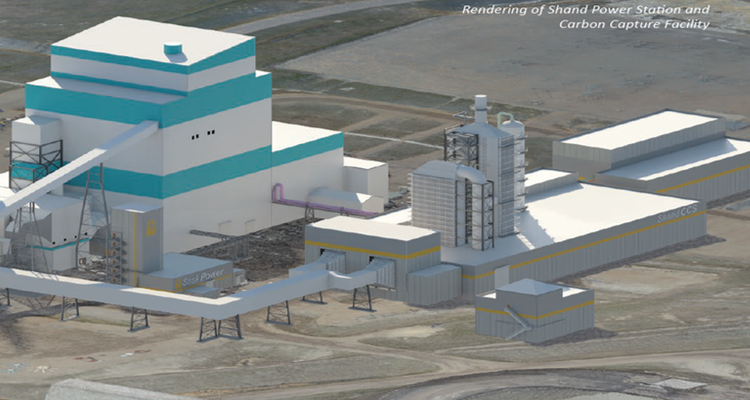A new study released Wednesday by the International CCS Knowledge Centre demonstrates significant cost reductions for carbon capture and storage (CCS).
The release coincides with the International CCS Summit hosted by the Government of the United Kingdom and the International Energy Agency (IEA).
Deep capital cost reductions – a 67 per cent decrease per tonne of captured carbon dioxide (CO2) in the case study provided in the report – is one of the key findings in the Knowledge Centre’s Shand CCS Feasibility Study. For a technology that has been perceived as expensive, the report is welcome news to those that recognize the essential role that CCS must play in addressing climate change.
It is widely accepted that CCS applied to both emissions-intensive industry and power generation has a critical role to play in mitigating greenhouse gas emissions (GHGs). In a recent report on the impacts of global warming of 1.5 C, the Intergovernmental Panel on Climate Change highlighted the unique importance of CCS technologies in meeting climate goals. With the availability of significant cost reduction based on operating and design experience gained from early projects, and further innovation yet to come, CCS is now positioning itself in a range of industries to play a critical role in delivering climate goals.
The Shand CCS Feasibility Study is based on an independent study of the construction and design of SaskPower’s Boundary Dam 3 CCS project. In addition to cost reductions, key outcomes of the Shand CCS Feasibility Study include:
- A design that ensures improved responsiveness to fluctuating customer demand for power, which is increasingly necessary in power systems that exhibit increasing levels of variable renewable energy such as wind and solar;
- A design that minimizes water requirements; and
- A meaningful reduction in process complexity, allowing efficiency gains to be maximized.
This week's edition of Lifestyles will have more on this story.




